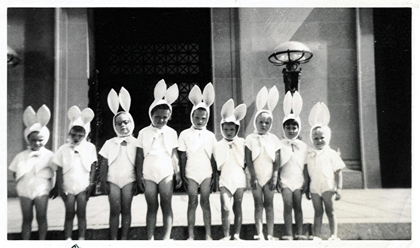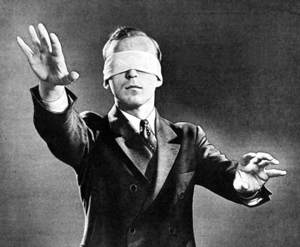By Charles Peirce
The Hare Hypothesis by Iain Spence is an interesting piece of pop-culture analysis which tries to link trends in youth movements to a larger pattern operating throughout history. It’s easy to understand the appeal — as anyone with a bit of historical perspective might start to notice the repetition of certain cultural trends. For Spence, whose background is in writing about music and youth in the UK, those repetitions are cycling in a four-stage pattern which he connects with his own, specific reading of the Life Scripts concept of Transactional Analysis.



 It would seem, to the eyes of Hollywood, the high form of film has become the franchise. It satisfies the two poles of conventional business wisdom: limiting risk as it promises more of the same, maximizing profit as it entices investors with that self-same prospect.[1] The Hobbit is stretched out to encompass three movies, hordes of young adult novels are on the horizon, and Bob Iger suggests Frozen
It would seem, to the eyes of Hollywood, the high form of film has become the franchise. It satisfies the two poles of conventional business wisdom: limiting risk as it promises more of the same, maximizing profit as it entices investors with that self-same prospect.[1] The Hobbit is stretched out to encompass three movies, hordes of young adult novels are on the horizon, and Bob Iger suggests Frozen  In Adventures in the Screentrade, William Goldman famously opined that “nobody knows anything” in Hollywood, a curious concession for a man with such a marked record of success. The truth, though, is that Hollywood has always known something — its very business centered not just on creating hits but also on predicting future ones.
In Adventures in the Screentrade, William Goldman famously opined that “nobody knows anything” in Hollywood, a curious concession for a man with such a marked record of success. The truth, though, is that Hollywood has always known something — its very business centered not just on creating hits but also on predicting future ones.